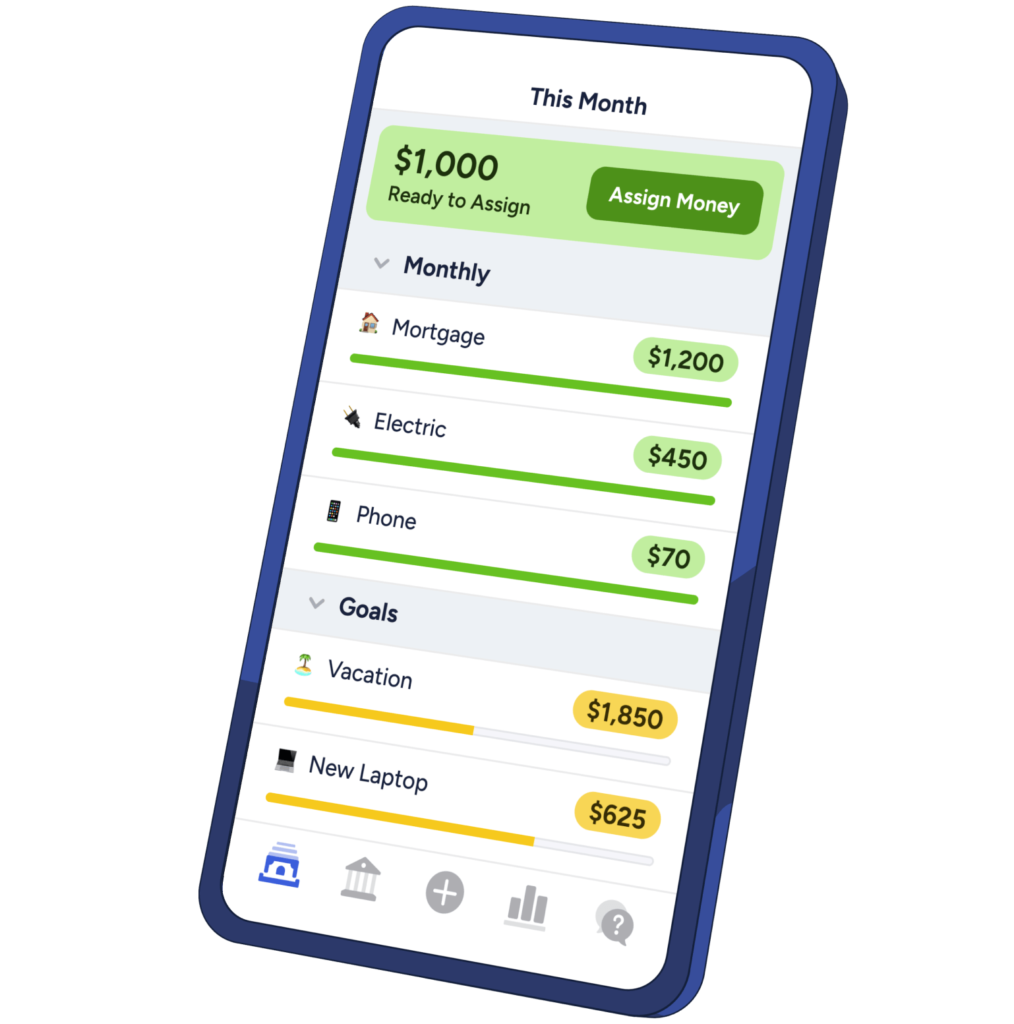Achieving financial freedom may sound like an impossible dream, but it doesn’t have to be. With deliberate planning and actionable steps, you can significantly improve your financial situation, even within a few months. Whether you’re tackling debt, boosting savings, or increasing your income, here are 10 strategies to help you on your journey to being financially free.

1. Create an Extreme Budget
The foundation of financial freedom is understanding where your money is going. Create a brutally honest budget by tracking every single expense for 30 days. Use tools like Mint or You Need A Budget (YNAB) to categorize spending and identify areas to cut back.
Example: If you’re spending $200 a month on dining out, consider cooking at home and redirecting that money into savings or debt repayment.

2. Negotiate Everything
Many people don’t realize how much they can save simply by asking for a better deal. Contact your internet, phone, and insurance providers to negotiate lower rates. Research competitor prices beforehand to strengthen your case.
Example: A phone call to your internet provider could result in a $20 monthly discount, saving you $240 a year. If you have credit card debt, call the issuer and request a lower interest rate—many are willing to accommodate, especially for long-standing customers.

3. Embrace a Side Hustle
Side hustles can be a game-changer when trying to improve your financial situation quickly. Look for opportunities that leverage your skills or interests.
Examples:
- If you’re a good writer, offer freelance blog writing on platforms like Upwork or Fiverr.
- Enjoy pets? Sign up for pet-sitting gigs on Rover.
- Have a knack for teaching? Provide online tutoring services through websites like VIPKid or Wyzant.
A side hustle earning $500 a month could accelerate debt repayment or bolster your savings significantly.
4. Declutter and Sell Unwanted Items
Chances are, you have items lying around your home that you no longer need. Turn them into cash by selling them online or through local consignment shops.
Examples:
- Sell old electronics on eBay or Gazelle.
- List unused furniture or home decor on Facebook Marketplace.
- Donate gently used clothing to a consignment shop or sell it on Poshmark.
A weekend spent decluttering could yield $200 or more in extra cash.
5. Boost Your Income
Increasing your income is one of the fastest ways to gain financial stability. If you’re employed, consider asking for a raise or taking on additional responsibilities to qualify for a promotion.
Examples:
- If you work hourly, inquire about overtime opportunities.
- Explore temporary gigs, like delivering food with DoorDash or rideshare driving with Uber.
Earning an extra $1,000 a month for a few months could go a long way toward eliminating debt or building an emergency fund.
6. Pay Down High-Interest Debt
Debt with high interest rates, like credit card debt, can cripple your finances. Focus on paying it down aggressively using either the debt snowball or debt avalanche methods.
Example:
- If you have a credit card with a $5,000 balance and a 20% interest rate, paying $500 monthly instead of the minimum can save you hundreds in interest over time. Consider consolidating debt with a low-interest personal loan to reduce your payments further.

7. Automate Savings
Automating your savings ensures that you consistently set money aside for future goals without the temptation to spend it. Open a high-yield savings account with banks like Ally or to maximize your earnings.
Example:
- Set up an automatic transfer of $100 every payday into your savings. By year’s end, you’ll have $2,600 saved (including interest), which can serve as the foundation for an emergency fund.

8. Reduce Everyday Expenses
Small changes in your daily habits can lead to significant savings over time. Evaluate your recurring expenses and identify opportunities to save.
Examples:
- Replace your daily $5 coffee shop habit with homemade coffee, saving $150 a month.
- Cancel unused gym memberships and use free YouTube workouts instead.
- Use carpooling or public transportation to save on gas costs.
A few mindful adjustments could free up hundreds of dollars monthly.
9. Seek Financial Advice
Financial advisors can help you craft a personalized plan based on your specific circumstances and goals. If hiring an advisor isn’t feasible, leverage free or low-cost resources.
Examples:
- Many credit unions and banks offer free financial counseling.
- Use online tools like NerdWallet to research and plan your financial goals.
A small investment in professional guidance can pay dividends in smarter financial decisions and strategies.
10. Build an Emergency Fund
Life is unpredictable, and an emergency fund acts as a financial safety net. Aim to save 3–6 months’ worth of living expenses. Start small and build gradually.
Example:
- If your monthly expenses are $2,000, set a goal to save $500 a month. In six months, you’ll have $3,000 set aside for unexpected expenses like medical bills or car repairs.
Define Your Financial Freedom
Financial freedom means different things to different people. It could be living without debt, having multiple streams of passive income, or retiring early. Define what it means for you, set clear goals, and take consistent action toward achieving it.
Remember, while these strategies are effective, everyone’s financial journey is unique. Experiment, adapt, and stay committed to your vision of being financially free. Your future self will thank you for starting today.
By implementing even a few of these steps, you can make meaningful progress toward improving your financial sBy implementing even a few of these steps, you can make meaningful progress toward transforming your financial situation. Remember, every small action adds up to big changes over time. Start today and take control of your finances—your journey to financial freedom is closer than you think!
Need a little extra help? Grab my free resources to get started on budgeting, saving, and building the financial future you deserve. Let’s make your goals a reality!









